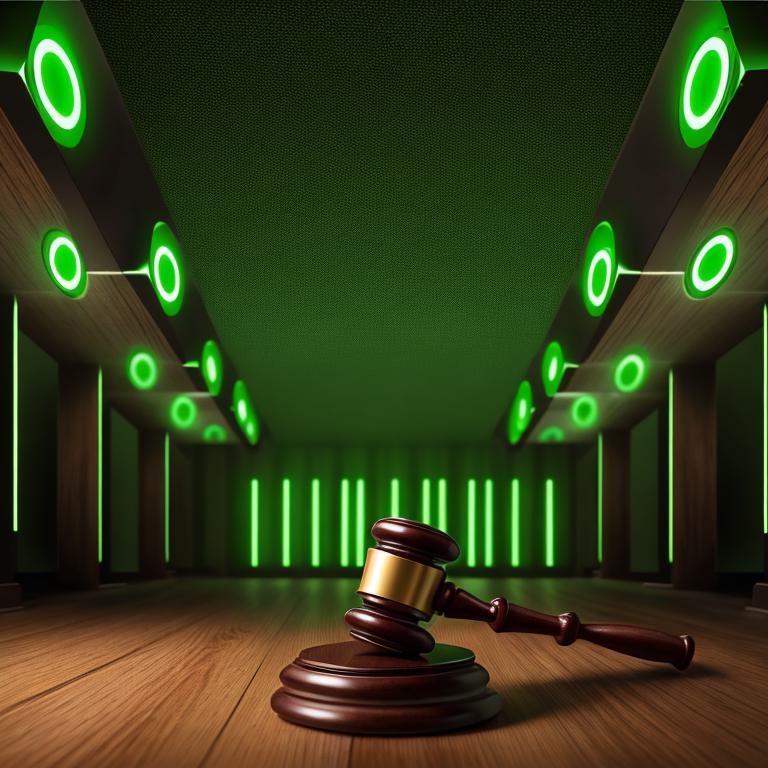
In a small suburb dotted with quaint houses, two homeowners decide to turn their front yards into vessels of community engagement. The first homeowner, Mr. Davis, puts up a large board on his front lawn, christening it “The Community Wall.” It’s a canvas for anyone and everyone – kids share doodles, adults post announcements, and teenagers stick notes, often veiled in anonymity. These notes are often innocuous, but sometimes there’s a bit of abuse. When that happens, a quick knock on Mr. Davies door is all that’s needed, and he’ll quickly take down the offending note
A couple of blocks away, Mr. Thompson erects a giant fenced-in billboard on his lawn, the “Private Billboard.” Unlike the Community Wall, access here is reserved solely for Thompson. He curates and posts all content himself, leaving the neighborhood to merely read and ponder.
At first glance, it seems Mr. Davis is exposed to more risks. After all, he lets anyone post anything on his Community Wall. Suppose one day someone decides to post something offensive, triggering a neighborhood feud. It seems logical that fingers should point at Davis. However, wouldn’t it be unfair? After all, Davis didn’t pen the note. He just offered a space for others to express themselves.
Conversely, Mr. Thompson, the sole content creator on his Private Billboard, has complete control. He can carefully manage anything that goes up on the Billboard, ensuring nothing goes up there without his express approval, and is shielded by the first amendment for much of the content that other people may not like. Should someone, despite that, post an unsavory note on the Billboard, not only would Mr. Thompson not be liable, he would likely be entitled to damages from the perpetrator!
So we should all be Mr Thompson, right?
How Section 230 enabled the internet as we know it
In short, Section 230 states that Mr Davis cannot be held liable for what other people post on the Community Wall. It’s not an absolute shield; Mr Davis cannot leave illegal items hanging around on the wall once he is made aware of them, but he is not forced to stare at the wall all day long in case someone happens to do something illegal.
More importantly, if anything illegal does happen, it is the responsibility of the person who posted the note on the wall, and not Mr Davis.
The analogy breaks down here, somewhat, as our two fictional gentlemen above didn’t need help to put up the Wall or Billboard. Perhaps they needed the services of a hardware store for the initial materials, but once the billboard has been put up, they do not need anyone’s help at all.
Not so for the Internet.
For you, personally, to read this webpage, there were at least five different companies involved.
- Your Internet Service Provider, such as Comcast. These companies provide us all access to be able to connect to the Internet, and they are, in fact, shielded by Section 230. Comcast cannot be held legally liable for what I post on this website, even though they are complicit in spreading the message (once requested over their network)
- A backbone provider, such as Cogent Communications. These companies provide the deepest layer of the internet, connecting countries and continents with each-other. You can’t buy services directly from them, but an ISP such as Comcast does.
- A Content Distribution Network, or CDN, such as Cloudflare. These companies specialize in caching, placing and delivering internet content (such as text, but more often images and video) so that I don’t have to have servers in every country.
- My hosting provider, Dreamhost. I pay them for space for my website.
- My own internet service provider.
All the above companies, and likely more, are shielded by Section 230, protected from whatever I might have to say. With that, and the monetary incentive of me paying them, I can host my own website, and put up whatever I want, from my own content to comments, without asking each of them for permission.
This, in a nutshell, is what enabled the internet today as we know it. From Myspace to Facebook to Twitter, from YouTubes to TikToks, from forums to 4chan. Section 230 made it possible for someone to run a website, and invite users in to create content, and allow everything we have seen happen since flourish.
The trouble with speech
Laws preserving speech strike the hardest when the speech itself is disliked. Section 230, and the first amendment, are critical linchpins in upholding the democratic ideal of free expression, even when the ideas expressed are not universally agreed upon or well-liked.
Let’s go back to the charming suburb and Mr. Davis’ Community Wall. Suppose one day, a controversial message appears on the Community Wall – a highly divisive political statement, perhaps, or an unpopular opinion about a local issue. Some neighbors are angered, even outraged, by the message. They would prefer not to see such things when they walk past the Wall. Perhaps even Mr. Davis himself dislikes the message. Section 230 protects him from any retribution for that message, so Mr. Davis may have reason to keep it up, perhaps advertising revenue from the community wall has skyrocketed because so many people are looking at the wall, and posting their own messages.
Meanwhile, Mr. Thompson would never run into this issue. For anything that he, personally, deemed too controversial, he could simply not post it. He, too, is shielded from negative (legal) consequences, but at the expense of differing voices. Only things he, personally, agreed with would see the light of day.
The decision point for Section 230 isn’t whether “Internet Giants” can qualify for it while making money and simultaneously being shielded from responsibility. The entire purpose behind Section 230 is to enable precisely that behavior; the incentive of guaranteed money while being shielded from responsibility is there to allow almost any speech to take place.
The decision point for Section 230 is whether we as a society want Mr Davis’ Community Wall, or Mr Thompson’s Billboard.



